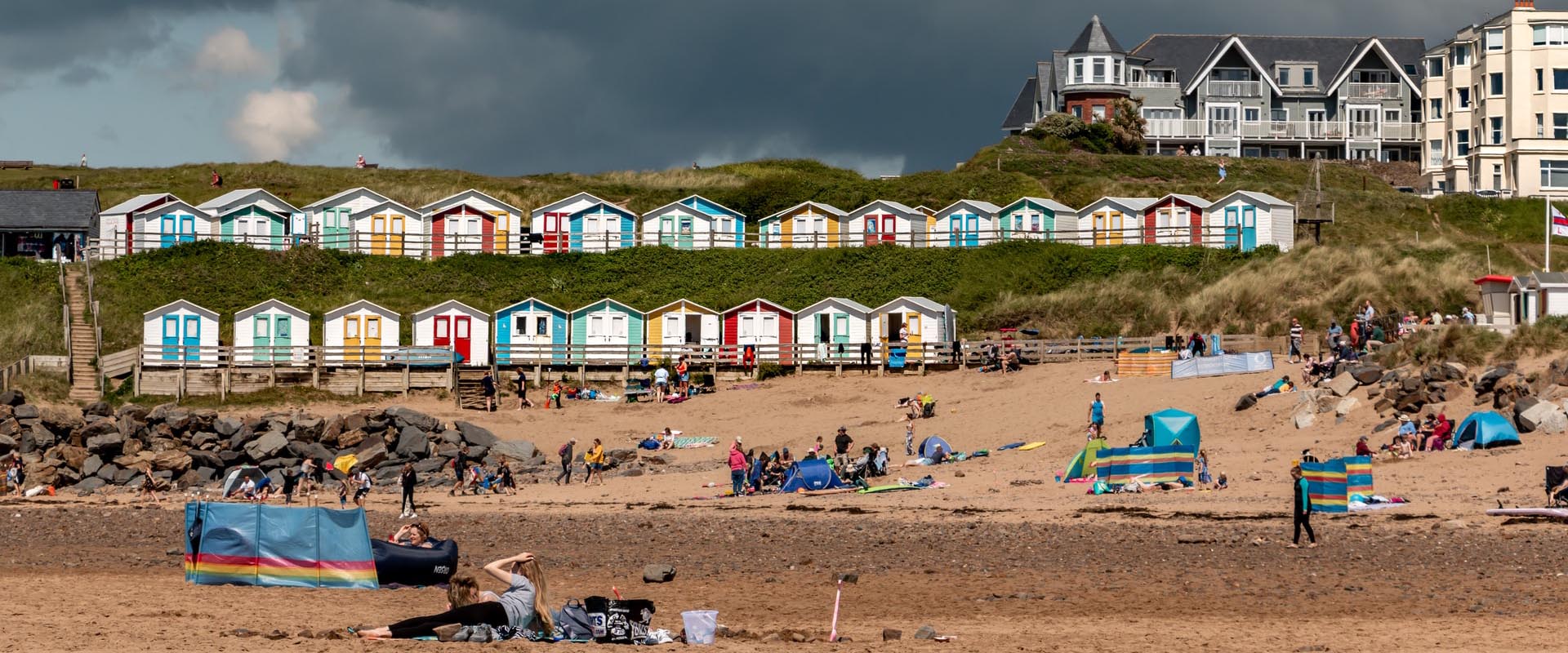- Demand is very uneven across the hospitality sector, with leisure travel returning, but fewer business trips
- Higher costs are a problem everywhere, along with staff shortages, and weakening consumer confidence
- Insolvencies are high, and may rise further. Be alert to the risk of a large trading partner failing
A strange year lies ahead for the hospitality sector. While some parts are experiencing a boom, the industry as a whole is seeing more insolvencies than in the depths of the 2020 lockdown.
“Business is uneven - and will probably become more so,” says Kieron Franks, Assistant Head of Risk Underwriting at Allianz Trade UK & Ireland.
As the hospitality industry is a significant customer for many other parts of the economy, from transport to online advertising, anyone doing business with the sector should be aware their customer may fail, he warns.
Prediction is complicated by varied trading conditions across the sector. On the positive side, TUI, Europe's largest tour operator, has predicted "a strong travel summer in 2022", with the UK market among its most robust. This is great news for restaurants and hotels in holiday hotspots.
But business travel is still slow to recover. Data from travel analytics firm CoStar, puts business travel booking in Europe at only 60% of pre-pandemic levels, a major problem for conference centres and some city-centre accommodation.
The hospitality industry and inflation
Kieron notes the hospitality industry is also wrestling with higher costs. Industry data shows food prices up 17%, drink prices up 14%, and energy prices up 95% in a year.
